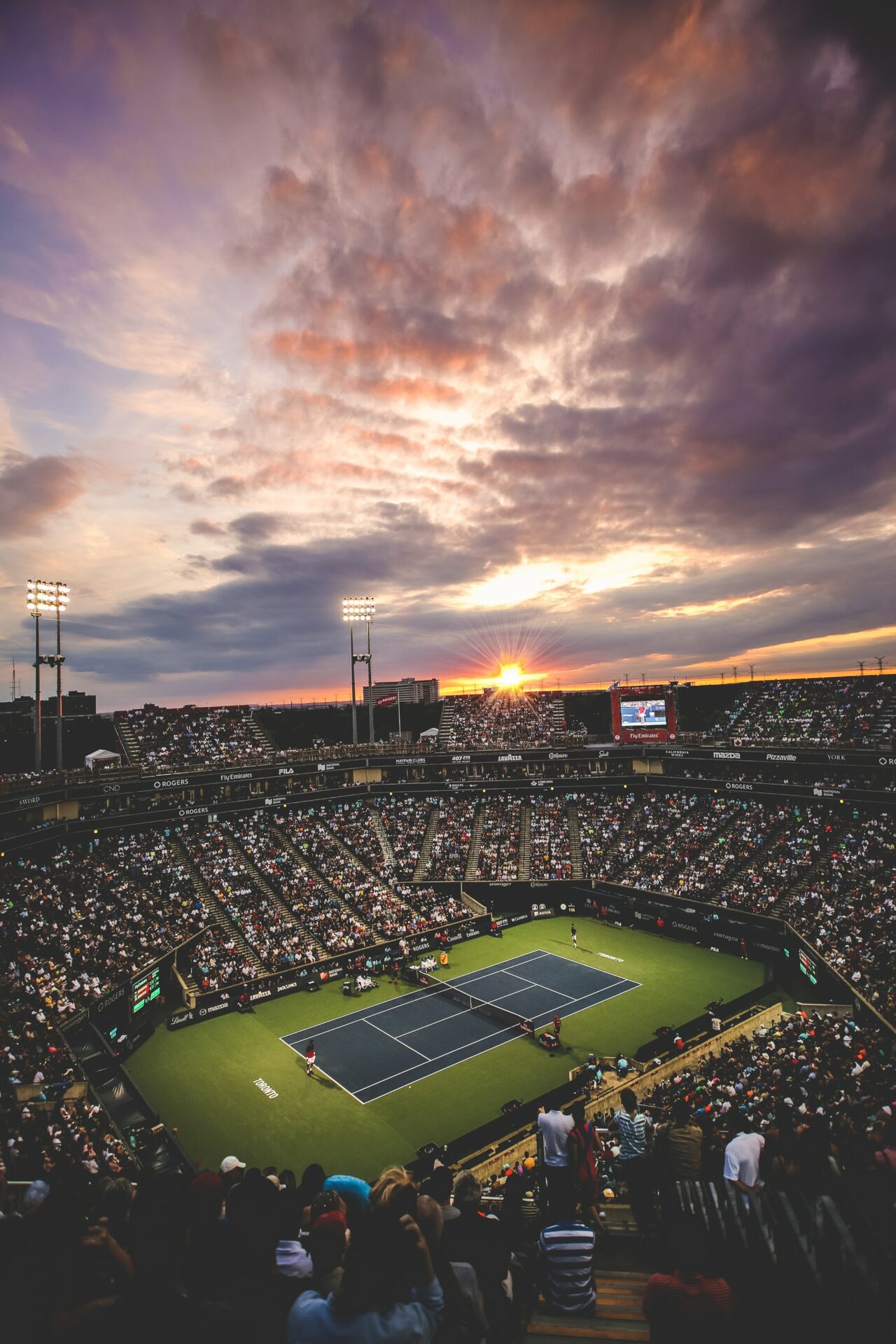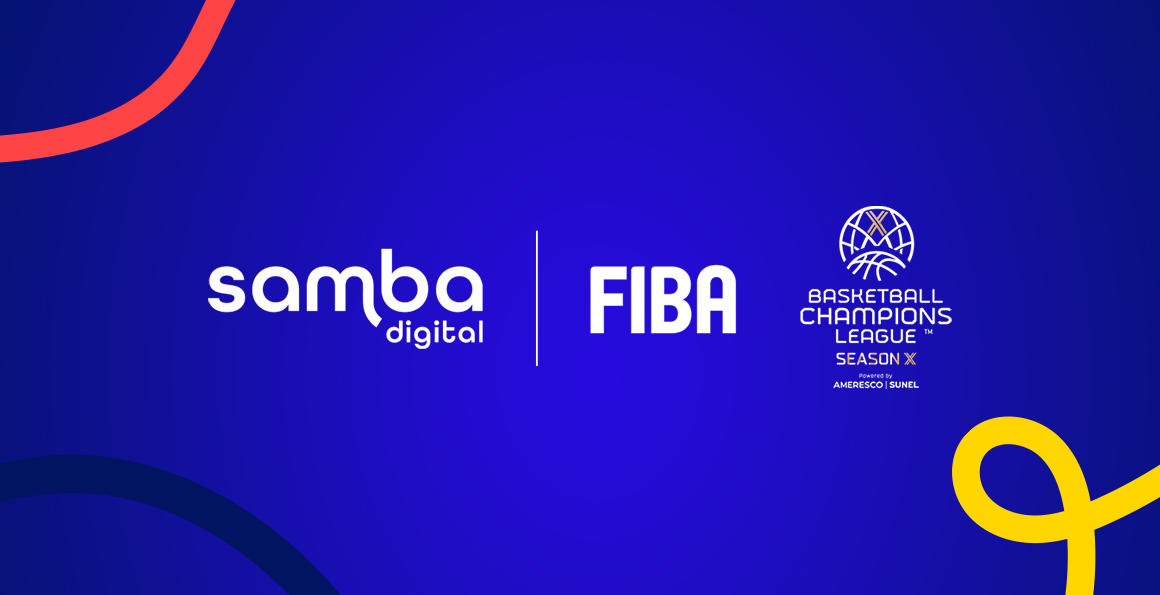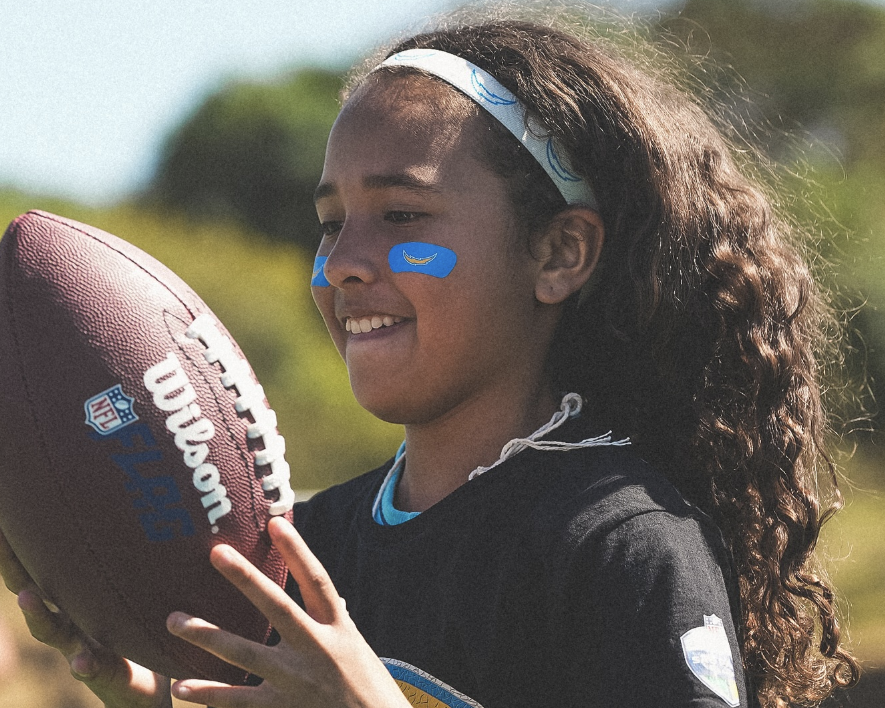Netflix’s ‘Break Point’ continues to up its game

Netflix has yet to invest itself in live sports, but that doesn’t meant the streaming behemoth hasn’t looked at the world of sports. Despite its global popularity (it has the world’s most subscribers by a more than 10% margin over Amazon Prime) most of Netflix’s options have trended towards scripted programming, with a dash of reality sometimes thrown in for good measure.
They have, however, increasingly moved towards sports as a source for programming. Their Formula 1 series, Drive to Survive, has been a surprisingly big hit in the United States, a region not readily associated with the sport, but one which has proved an increasingly popular avenue for the competition’s expansion.
Netflix has also recently announced forthcoming rugby and football docuseries, but the program which has had the biggest impact and most staying power has undoubtedly been Break Point, focusing on a cadre of star players and their life on and off the court on tour. Five episodes were released in January, to some critical acclaim, but also a lack of enthusiasm in some quarters.
Expanding the cast
The show has been unique in covering not the biggest names in the game, but a group of mostly younger players. Australian Nick Kyrgios is probably the closest thing to a household name in the group, although Ons Jabbeur and Casper Ruud have also had a modicum of success on the court. The second half of the series has changed that, though, as the cast now includes WTA No. 1 Iga Świątek and American Frances Tiafoe — who made a stunning run in the US Open last fall.
Break Point returns (that’s a tennis joke) for Part 2 this Wednesday. Let’s remind ourselves of the highs and lows of Part 1… pic.twitter.com/DJhib635Uc
— Netflix UK & Ireland (@NetflixUK) June 19, 2023
Świątek and Tiafoe’s inclusion, particularly Tiafoe’s rise from humble beginnings as the son of immigrants, has earned the second set of five episodes plenty of plaudits following its release this week. There’s also more than a little spice between Kyrgios and the young Greek player Stefanos Tsitsipas, whose famous war of words was the talk of the US Open last summer.
A change in approach
But from a human side, Kyrgios also opens up about his struggles with his mental health, showing himself to be as multivalent and complex as any character in a scripted program. This expanded role for Kyrgios has helped the show to also add nuance to its pacing as it looks to focus more on the Grand Slams — two full episodes each are spent on the US Open and Wimbledon, with the Australian’s success in both key to that narrative, but also a greater focus on on-court action.
This obviously leaves less space for some of that human narrative, but the writing of the show has done a masterful job at allowing the players to impress with both their talent and their charm off the court. It’s hard not to root for Jabeur or Tiafoe, and the program also gives an unprecedented level of access to the players, who are famously cocooned among a retinue of coaches, family, psychologists, hitting partners, etc.
Paul Martin, the show’s executive producer, spoke with The Athletic on its release, saying, “We had an understanding of the world, the characters, and access was opening up. All these worlds are different. We never go in and say to ourselves, ‘We’re going to make the exact same show.’ The athletes are different, the world is different, the geography is different. You have to develop that real understanding of the world before you can really figure out what the best version of the show is.”
That understanding is clearly manifest in the new series, and with the 2023 season on tour already filled with excitement there’s every chance that the show will continue the upward trend it’s evidenced this week.
Header: Filip Mroz
Other News

News Tank interview: “Samba will serve as a bridge between European clients and the US market”

Samba Digital teams up with the Houston Texans to elevate Somos Texans across the U.S. and Mexico

The Kansas City Chiefs win Emmy Award for “Viva Chiefs’ Kingdom”

Samba Digital announces a new collaboration with FIBA, BCL and BCL Americas

FINAL RESULTS AS OF JUNE 30, 2025 (6 MONTHS)

